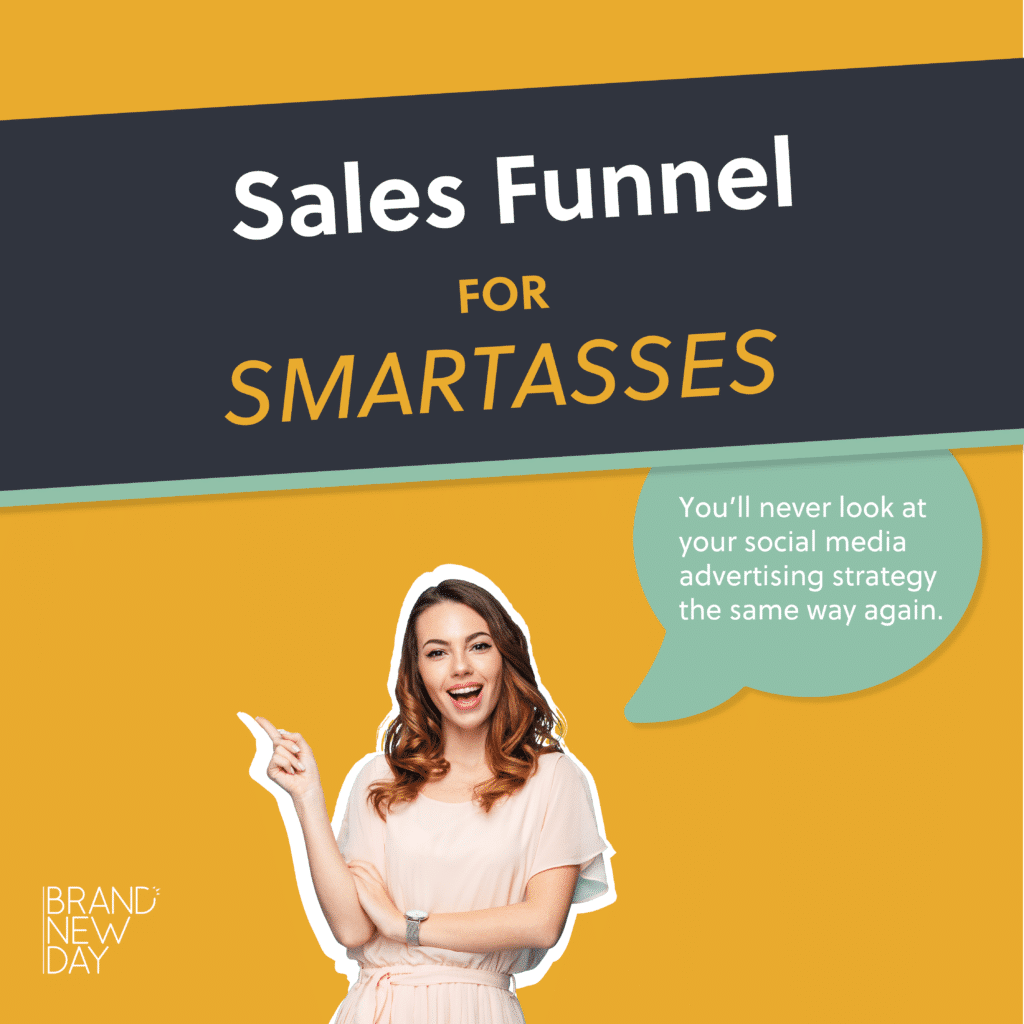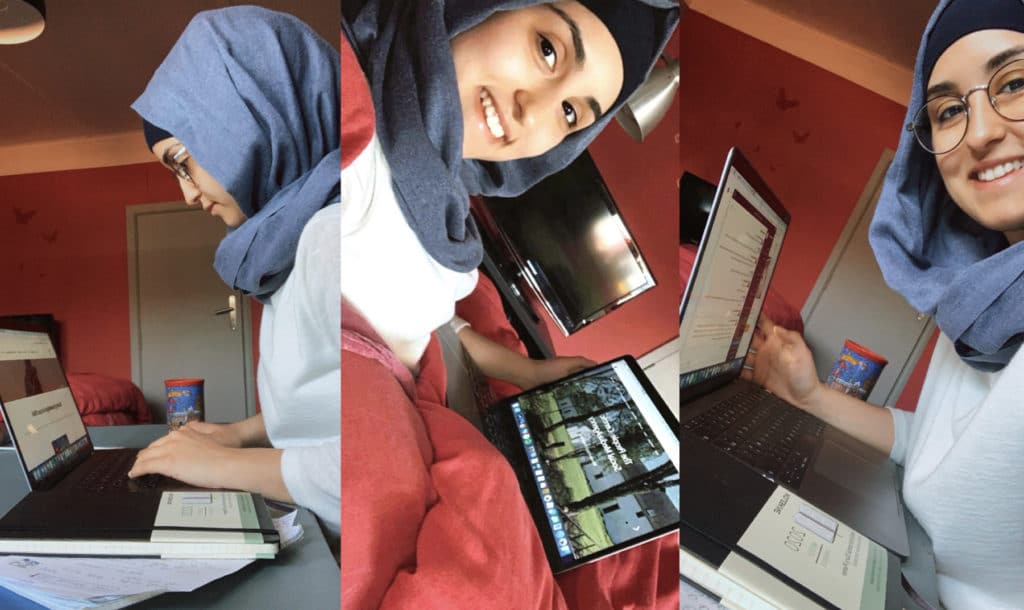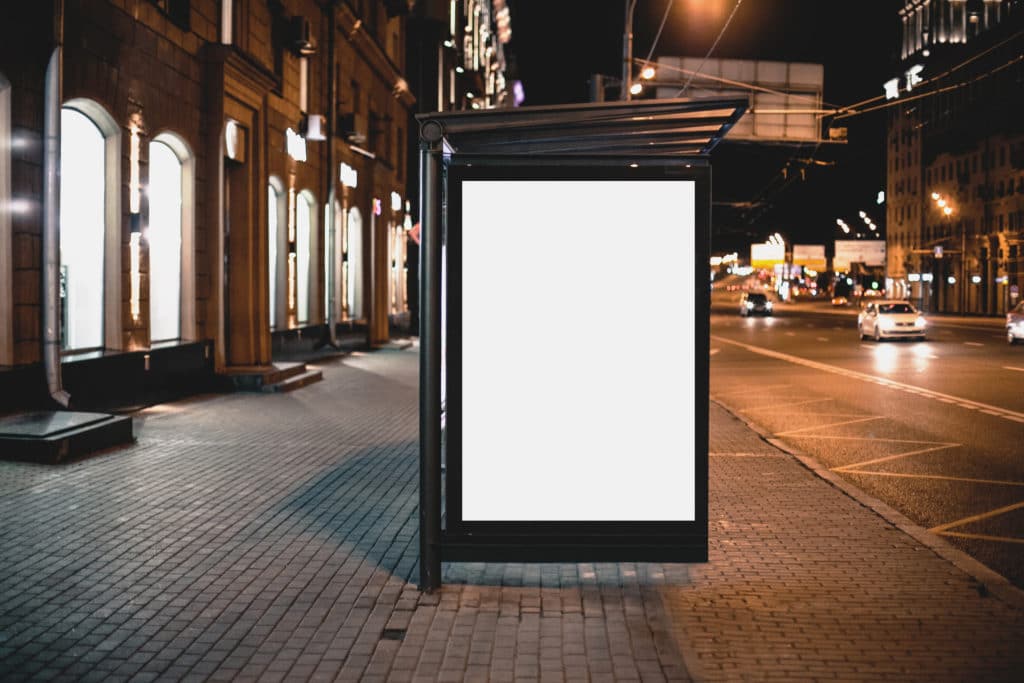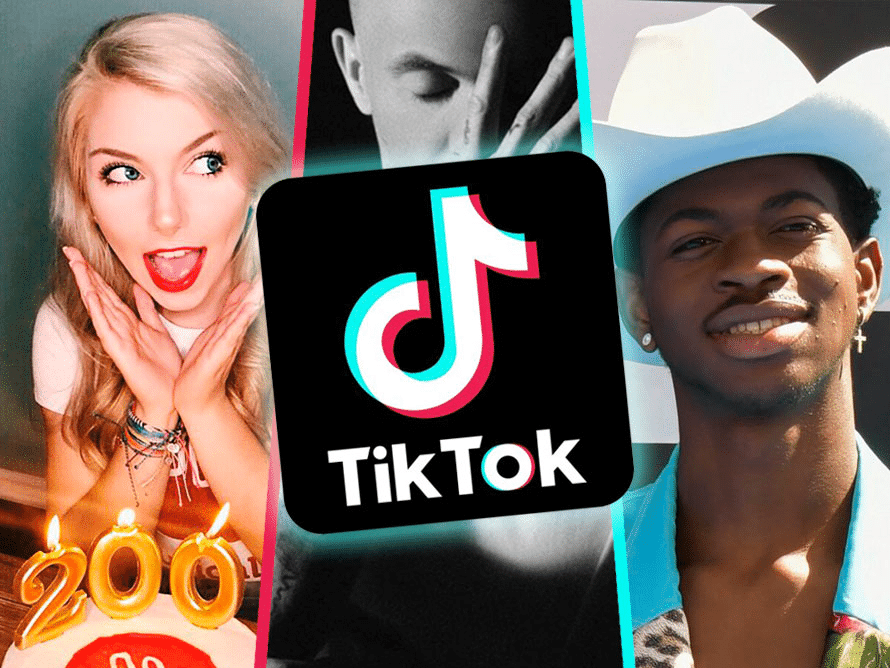Back to basics: Sales funnel approach and how to use it efficiently

You’re more than likely familiar with the sales funnel. You know, this figure that shows the different phases of your customer’s journey. Just as a reminder, the sales funnel includes 4 phases: The awareness phase The consideration phase The conversion phase The loyalty phase. All of your marketing objectives are related to one of those […]
Buitengewone omstandigheden leiden tot buitengewone resultaten: wat leren onze gegevens ons?

Op dit moment zijn we meer verbonden dan ooit. We brengen steeds meertijd door voor onze schermen en ons gebruik van sociale media neemt alleen maar toe (+61% ten opzichte van de situatie vóór het lockdown). Als we door onze nieuwsfeeds scrollen, merken we op dat sommige merken erin geslaagd zijn om weer op gang […]
A circonstances exceptionnelles, résultats exceptionnels : que nous disent nos datas ?

En cette période particulière, nous sommes plus que jamais connectés. Nous passons de plus en plus de temps devant nos écrans et notre utilisation des réseaux sociaux ne fait qu’augmenter (+61% par rapport à la situation avant confinement). En scrollant nos fils d’actualité, nous avons pu remarquer que certaines marques ont su rebondir face à […]
Telewerken op mijn nieuwe job… hoe ga ik er mee om?

Afgelopen 24 februari ben ik aan een nieuw avontuur begonnen door me aan te sluiten bij het Brand New Day-team. De coronaviruscrisis was al begonnen en de dramatische gevolgen hiervan begonnen in België voelbaar te worden. Het was dus slechts 3 weken na mijn aankomst dat er binnen Brand New Day werd besloten dat iedereen […]
Télétravail à mon nouveau travail… Comment je le gère ?

Le 24 février dernier, je commençais une nouvelle aventure en entrant dans l’équipe de Brand New Day. La crise du coronavirus avait déjà commencé, et les conséquences dramatiques commençaient à se faire ressentir en Belgique. Ce n’est donc que 3 semaines après mon arrivée qu’il a été décidé au sein de Brand New Day que […]
Wel of niet sponsoren?

Gezien de huidige situatie vragen veel mensen zich af of het sponsoren van publicaties op sociale media nog wel een goed idee is. Reclame kan om verschillende redenen ongeschikt lijken: 1. Omdat de context zich voor sommige merken niet leent voor rechtstreekse verkoop en marketing. 2. Omdat het “niet het moment” is om na te denken over […]
Sponsoriser ou non ?

Beaucoup de gens se demandent si, au vu de la situation actuelle, sponsoriser des posts sur les réseaux sociaux est toujours une bonne idée. Faire de la publicité peut paraitre inapproprié pour différentes raisons : Parce que le contexte ne se prête pas à la vente et au marketing pur et dur pour certaines marques […]
Efficiënte socialmediastrategieën in een medialandschap in volle verandering

Het medialandschap is de afgelopen jaren sterk geëvolueerd. Vandaag spelen de digitale middelen en de social media een prominente rol in de marketingstrategieën van de adverteerders. Ze bieden de merken immers al lang de mogelijkheid om targetingmiddelen te gebruiken die de traditionele media tot nu niet konden aanbieden. Enkele schandalen, zoals van Cambridge Analytica, brachten […]
Comment appréhender sa stratégie social media dans un univers médiatique en pleine mutation ?

Ces dernières années, le paysage médiatique a profondément évolué et le digital ainsi que les médias sociaux ont pris une place de plus en plus considérable dans les stratégies marketing des annonceurs. Pour cause, ceux-là ont longtemps permis aux marques de recourir à des moyens de ciblage que les médias traditionnels ne pouvaient jusqu’ici pas […]
Understanding audiences by analyzing social media trends

A few days ago, I was scrolling down my LinkedIn’s newsfeed when I read something about a guy who paid 10k so a big influencer with a huge audience could promote his product. It was a fancy, expensive jacket I think. Probably the kind of jacket George Clooney wears. Anyway, this guy was really surprised to […]